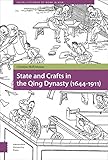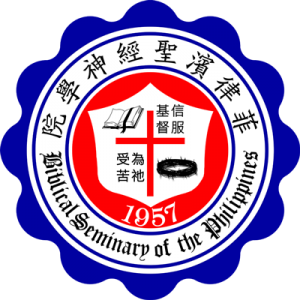State and crafts in the Qing dynasty (1644-1911) / Christine Moll-Murata.
Series: Social histories of work in AsiaPublisher: Amsterdam : Amsterdam University Press, [2018]Description: 1 online resource (380 pages)Content type:- text
- computer
- online resource
- 9789048537938
- 9048537932
- Handicraft -- Government policy -- China -- History
- Artisans -- China -- History
- Shipbuilding -- China -- History
- Printing -- China -- History
- China -- Civilization -- 1644-1912
- China
- HISTORY -- Asia -- General
- ART -- Folk & Outsider Art
- CRAFTS & HOBBIES -- Folkcrafts
- HISTORY -- General
- Artisans
- Civilization
- Handicraft -- Government policy
- Printing
- Shipbuilding
- China
- 1644-1912
- 745.0951 23
- TT101
| Item type | Current library | Call number | Status | Date due | Barcode | |
|---|---|---|---|---|---|---|
 eBooks
eBooks
|
Digital Library | Available |
Includes bibliographical references and index.
This book, full of quantitative evidence and limited-circulation archives, details manufacturing and the beginnings of industrialisation in China from 1644 to 1911. It thoroughly examines the interior organisation of public craft production and the complementary activities of the private sector. It offers detailed knowledge of shipbuilding and printing. Moreover, it contributes to the research of labour history and the rise of capitalism in China through its examination of living conditions, working conditions, and wages.
Online resource; title from PDF title page (EBSCO, viewed October 5, 2018).
880-01 Cover; Table of Contents; Conventions for the notation of time, weights, and measures; Acknowledgements; Introduction; 1. State Engagement in the Handicraft Sector; 2. The Qing Central Government Institutions in Control of the Handicrafts; 3. The Rise, Decline, and Reinforcement of the Crafts in the Service of the State; 4. Government Shipbuilding; 5. Private Shipbuilding, Private and Government Cooperation, and Procurement Prices; 6. The Shipbuilding Workforce Employed by the State and Private Workshops and Enterprises; 7. Printing in the Service of the State.
Figure 7 Construction of wooden sailing ships in the 1970s, Hong KongFigure 8 Compartments within the hull construction; Figure 9 The caulking procedure; Figure 10 Number of sailing ships entered and cleared in Shanghai, 1902-1941; Figure 11 Number of steamships in Chinese possession, 1882-1921; Figure 12 Tonnage of steamships in Chinese possession, 1882-1921; Figure 13 Numbers of steamships and sailing ships on the Yangzi in Sichuan, 1891-1932; Figure 17 Position of the Wuying dian Printery within the Imperial Palace in Peking; Figure 18 Entrance of the Main Hall of Wuying dian.
Figure 27 Toothpick cover, collected at the 'All-Shanxi huiguan' (Quan Jin huiguan) in Taiyuan, April 2006Table 1 Artisans and workers in the Song dynasty state workshops, manufactories, and mines; Table 2 Yuan dynasty artisans and workers in state workshops, manufactories, and mines; Table 3 Ming dynasty work obligation shifts of builders according to the 1393 regulations; Table 4 Registered artisans in the Ming dynasty; Table 5 Ming dynasty Peking resident artisan positions in 1567; Table 8 Handicraft regulations compiled by the Ministry of Public Works.
Open Access EbpS


